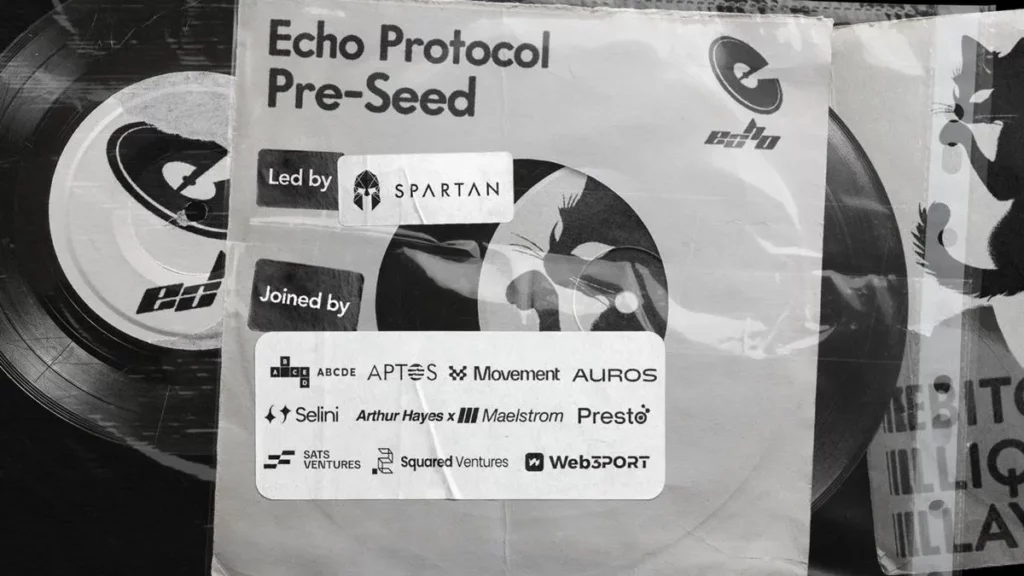
What does the recent pre-seed funding round of Echo Protocol, a player in the BTCFi space, signify? Besides the participation of Arthur Hayes, the most noteworthy aspect is the direct involvement of Aptos, which has committed to offering a guaranteed 10% APY. Here’s my perspective on this development:
1. The Sustained Interest in BTCFi
The BTCFi sector continues to attract attention, not only because of the numerous infrastructural projects being built around the Bitcoin ecosystem, but also due to the various EVM-compatible chains, Move-based chains, Solana ecosystems, and real-world asset (RWA) applications that serve as major conduits connecting the vast pool of native Bitcoin assets.
While other chains have wrapped versions of BTC for DeFi applications, the ability to facilitate cross-chain asset transfers natively while aggregating diverse yields makes BTCFi an appealing option for every BTC miner, the institutions backing ETFs, and Bitcoin holders. This is fundamentally why Echo Protocol, an Aptos ecosystem project, is entering the BTCFi arena.
2. Cross-Chain Solutions via BSquared Network
Echo Protocol has opted for BSquared Network’s cross-chain bridge solution. Users’ BTC is transferred to the B² Network via the B² Bridge, where it is converted into uBTC through a pre-deployed UniRouter, and subsequently transformed into aBTC within the Aptos ecosystem. The aBTC can then be deposited into a lending platform to generate returns.
This technical framework is relatively straightforward. BSquare offers a robust modular BTC Layer 2 solution, with B² Hub providing a modular data availability layer, and zkBridge enabling secure cross-chain functionality.
Specifically, B² has made a secure multi-signature wallet available for BTC deposits. When zkOracle nodes monitor and record asset inflows, they generate ZK Proofs of the deposit status, which are then sent to an AA smart contract on B² for verification. If the proof checks out, assets are minted and released to the user’s address on the B² chain. Furthermore, the BitVM challenge mechanism allows users to contest any discrepancies in cross-chain asset state changes, ensuring the security of asset transfers.
Since the zkBridge was specially customized for B² by PolyhedraZK, it supports cross-chain interactions between Move-based public chains and the Bitcoin chain. This technical advantage is crucial for Echo Protocol’s rapid entry into the BTCFi space.
3. The Synergy of Move Language and Bitcoin UTXO Structure
It’s well-known that the Move language’s object-based account structure has a natural affinity with Bitcoin’s UTXO model. Move-based public chains have performed well in the current market, particularly Aptos and SUI, benefiting from the security and financial characteristics of Move. These chains are viewed as the main battleground for the “new DeFi light.”
After achieving impressive TPS metrics, Aptos has actively expanded its DeFi ecosystem. In the past six months, Aptos has partnered with Tether to introduce the USDT stablecoin, collaborated with Ondo to integrate RWAs, and even ventured into gaming through partnerships with NBCUniversal. These initiatives, along with successful applications like tapos cat, have elevated user engagement and transaction volumes to top-tier levels.
Given this context, Aptos’ strategic intent to embrace the BTCFi ecosystem is clear, and Echo Protocol positions itself as a crucial bridge between these two ecosystems.
Moreover, with this collaborative strategy in place, not only will BSquare, Echo, and Babylon accrue points, but Aptos will also provide tangible APT token rewards to support these developments.
It’s worth noting that the support from the Move-based chains, especially the Sui and Aptos foundations, for developing the DeFi ecosystem is remarkably strong.